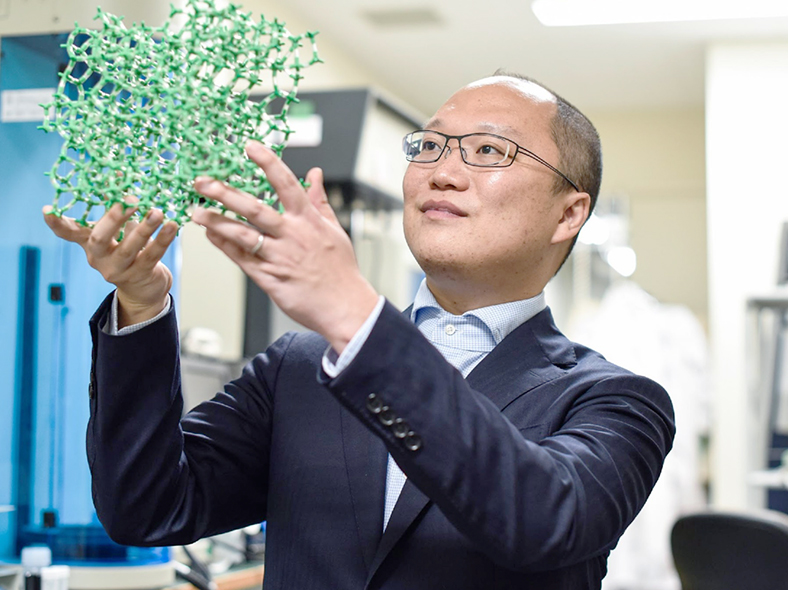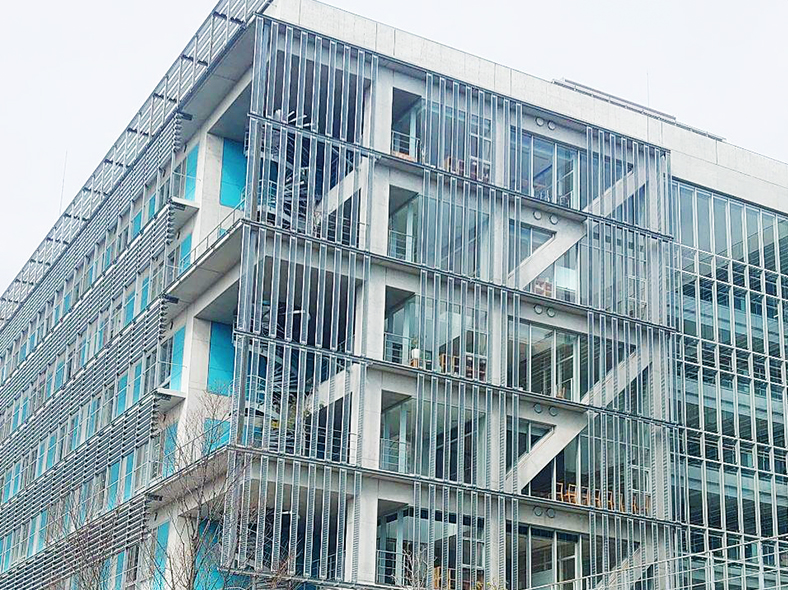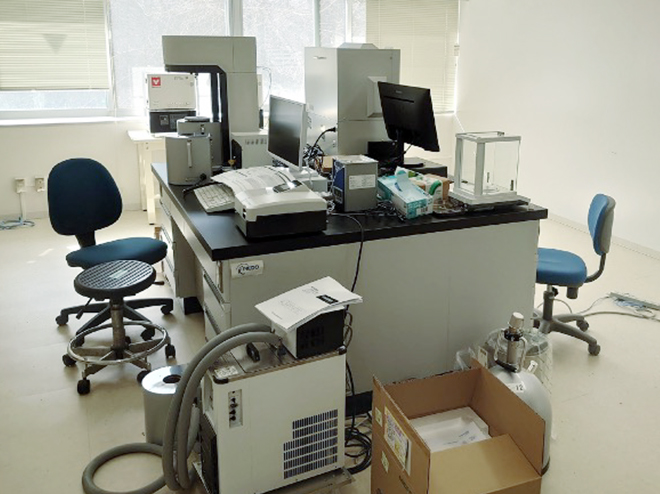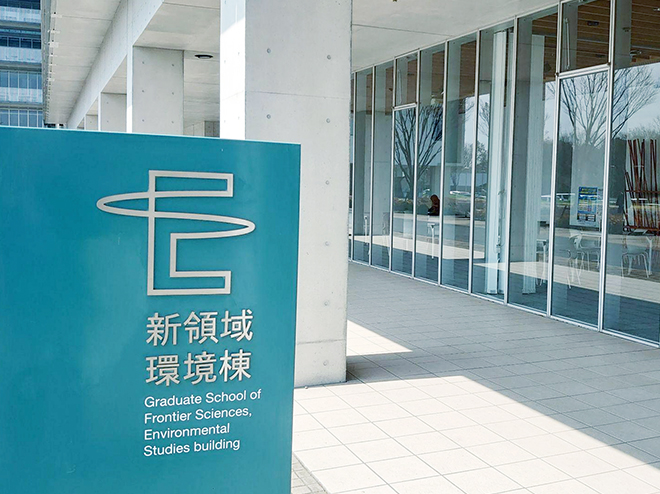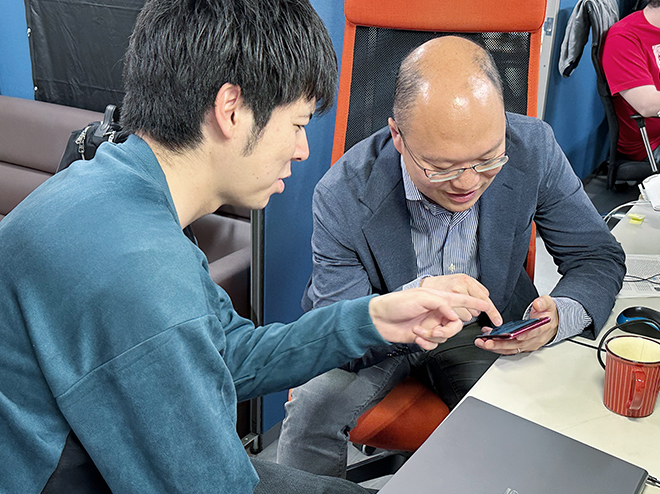

MENU


自然と人間の間を取り持つような材料を創り、世に出したいと考えています。そのために、環境問題の解決に資する新規材料の創出、その合理的な合成プロセス開発、応用展開へと一気通貫で取り組んでいきます。特に、ゼオライトという、触媒や吸着材として用いられる多孔質材料の合成と応用に強みを持っており、実用化へ向けた検討が進んでいるものもあります。カーボンニュートラルやサーキュラーエコノミーといった、これから人類が向き合っていかなくてはならない課題の解決へ向けて、必要な他の材料への展開や、システムとしての評価へ研究対象を広げ、学生の皆さんとともにチャレンジしていきたいと考えています。
Materials that bridge the gap between nature and human is essential. We are working on the creation of new materials that contribute to solving environmental problems, the development of rational synthesis processes for these materials, and their application development. We are particularly strong in the synthesis and application of zeolites, porous materials used as catalysts and adsorbents, and some research towards their practical application are in progress. In the future, we intend to expand the scope of our research to include the development of other necessary materials and the evaluation of systems in order to solve issues that humanity will have to face in the future, such as carbon neutrality and the circular economy, and we would like to take on this challenge together with you.


ゼオライトの合成法や後処理法を新しく開発することで、これまでにない新規ゼオライトを創り出します。原子レベルでの欠陥や組成、原子配置の制御などは合成時に行おうとすると困難ですが、結晶化後の簡単な処理でできることがわかってきました。これまでは不可能とされてきた組成チューニングや常識を覆すほどの超高耐久ゼオライトなどを見出しています。
New zeolite synthesis and post-treatment methods are being developed to create new zeolites that have never existed before. It is difficult to control defects, composition, and atomic arrangement at the atomic level during synthesis, but it is now known that this can be done with simple post-synthetic treatment. We have discovered compositional tuning that was previously thought to be impossible and extremely stable zeolites.
高性能な材料であっても、実用化への検討のためには、その製造プロセスがサステイナブルである必要があります。環境負荷が高かったり、有害だったりする原料を用いない、消費エネルギーを可能な限り抑えたプロセスの開発を目指します。合成法を開発するためにはそのメカニズムを理解することも重要なので、そのための研究も行います。
Even for high-performance materials, the manufacturing process must be sustainable in order to be considered for practical use. We aim to develop processes that do not require environmentally unfriendly or harmful raw materials and that consume as little energy as possible. We will also conduct research to understand the mechanism of synthesis in order to develop synthetic methods.
環境問題解決の切り札として、温室効果ガスの回収や有害物質の除去のための吸着材、回収物を有用物質へ変換するための触媒としての材料開発、プロセス開発を行います。重要なのは独自の特徴ある材料を開発した上で適切なプロセスに用いることです。具体的な研究テーマとして、大気中からのCO2直接除去、CO2水素化による資源化プロセス開発などがあります。
As a trump card for solving environmental problems, we will develop materials and processes as adsorbents for capturing greenhouse gases and removing harmful substances, and as catalysts for converting recovered materials into useful substances. The key is to develop unique and distinctive materials and then use them in appropriate processes. Representative research topics include direct air capture of CO2 and development of resource conversion processes through CO2 hydrogenation.
